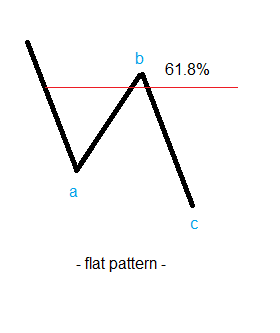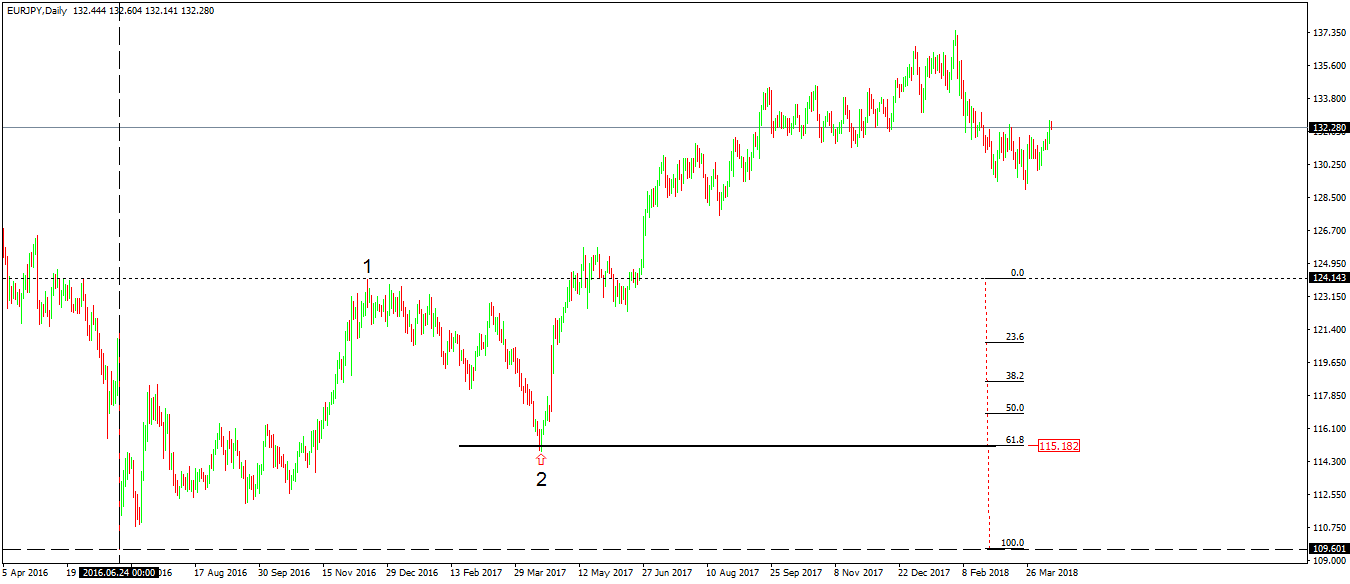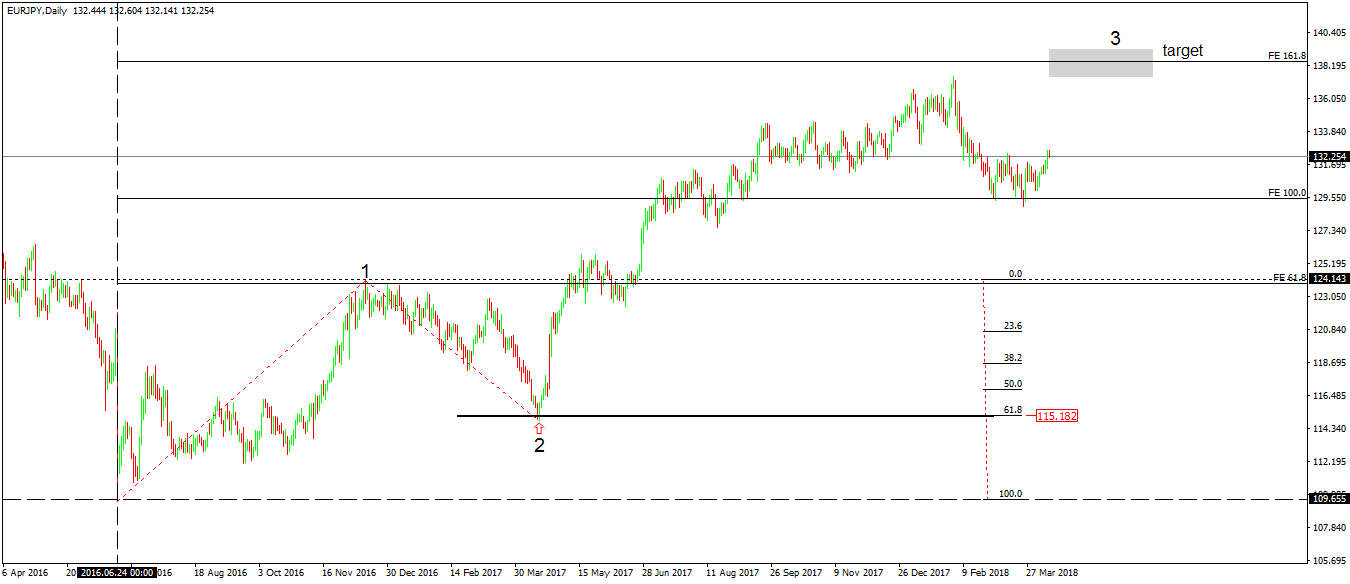Fibonacci and Elliott Waves
The Elliott Waves Theory looks at various cycles in a currency pair’s life, to interpret impulsive and corrective waves. Using a unique logical process based on multiple patterns he documented, Ralph N. Elliott built the most comprehensive trading theories every created.
Because the theory incorporates the human sentiments like pessimism and optimism, fear and greed, it is immune the current robot-driven activity that dominates Forex trading and other financial markets. Even trading algorithms are built by humans. Hence robots are prone to error too.
Like any technical analyst, Elliott used what was known in his time. He developed the theory in the first part of the 1900’s, and one thing stood out of the crowd, which helped him tie up all the elements in the logical process he developed.
That one thing consists of the Fibonacci numbers. It is not an absurdity to state that the Fibonacci series is the basis of the Elliott Waves Theory.
As a reminder for those that aren’t familiar with the Fibonacci sequence, it states that every number after the first two numbers is the sum of the previous two.
Even though Elliott claimed that he never heard of the Fibonacci sequence before discovering the wave theory, the coincidences are mind-blowing.
Fibonacci Ratios in Elliott Waves Forex Trading
The most essential Fibonacci ratio is the 61.8%, also called the Golden ratio. The golden ratio has fascinated the minds of mathematicians and professionals of various fields for ages.
To this day, it represents a mystery why the spiral arrangement of leaves, or the snail shell, respect almost mystically the 61.8% ratio. It is seen in architectural monuments throughout history, in famous paintings and drawings (e.g., Leonardo da Vinci’s “Vitruvian Man), and humankind has tried to find an explanation for it, mostly in vain.
For this reason, it is almost surreal that the cornerstone for the Elliott Waves Theory is the golden ratio. Here are just some of the ways the golden ratio influences the logical processes within the Elliott Theory:
- The 61.8% retracement level makes the difference between zigzags and flats.
- If the b-wave in a corrective move retraces beyond the 61.8% level, the pattern is a flat. The immediate implications are that the previous a-wave is corrective.

- On the other hand, if the b-wave fails to retrace beyond the 61.8% level, the pattern is a zigzag. Automatically, the implications are that the previous a-wave is an impulsive wave.

Therefore, the simple retracement beyond or before the golden ratio, tells much about the Elliott structure in the previous market swing.
- The same 61.8% retracement level is where most of the market swings go in the 2nd wave in an impulsive move. Hence, it is no wonder traders wait for the 61.8% retracement to go long or short, anticipating the extended 3rd wave.

The recent EURJPY daily timeframe illustrates the perfect example of how the golden ratio shapes the nature of an impulsive wave.
After bottoming, the cross pair managed to stage an impressive rally. However, it stalled, and a correction followed.
Savvy traders knew in advance what to do next: pick up the Fibonacci Retracement tool and find out the golden ratio, or the 61.8% retracement. The perfect trade means to go long on that level, having a stop loss at the start of the previous impulsive move, and target a suitable risk-reward ratio for the trade (1:2 or 1:3).
- Another great setup involving the golden ratio in Forex trading comes from the extended wave. According to Elliott, any impulsive wave has at least one extension. And, the definition of an extended wave implies it is longer than 161.8% of the previous first wave. Hence, the thing to do is to measure the last wave with a Fibonacci Expansion tool and find out the other golden ratio, this time to set the target.

In the EURJPY example presented earlier, the pair didn’t reach the 161.8% extension yet. Hence, we cannot say the 3rd wave is over.
In any case, money management rules will call for the stops to be at least at break-even, if not trailing the stops to protect the profits.
Other Fibonacci Ratios in Forex Trading with Elliott Theory
The 61.8% ratio is not the only one used in the Elliott Waves Theory. In fact, various ratios define specific patterns, in such a way that they make the Elliott Theory impossible to work without full Fibonacci ratios integration.
Here are just some of the places where Fibonacci ratios help counting waves in Forex trading:
- The b-wave of a zigzag typically retraces between 23.6% and 38.2%. If the b-wave manages to move towards the 50% retracement, the entire pattern is less likely to be a zigzag
- The b-wave of an irregular flat should not exceed 123.6% of the previous a-wave
- The c-wave of an irregular flat should not exceed 138.2% of the previous b-wave
- The c-wave of a common flat should not exceed 138.2% of the previous b-wave
- The c-wave of a flat with b-failure should not exceed 138.2% of the previous b-wave
- When the b-wave of a running flat exceeds 161.8% of the a-wave, the c-wave resembles the a-wave
- The 4th wave in an impulsive wave rarely retraces beyond 38.2% of the previous 3rd wave
We could continue with plenty of other examples from other patterns described by Elliott. The segments of a triangle or the complex corrections, also use Fibonacci ratios to determine their type.
Conclusion
Fibonacci ratios are widely used in technical analysis. Some traders only use the Fibonacci Retracement tool, measure a market swing from top to bottom, and react at the 61.8% retracement level.
I invite you to do the same. Just pick a currency pair, any one, and set the chart on the monthly. Next, measure its longest segment from left to right and mark the 23.6%, 38.2%, and 61.8% levels. Coincidence or not, the market will react around those Fibonacci levels.
Elliott integrated the Fibonacci ratios as no other theory had. Looking back in time and considering the instruments available, his work was just tremendous.
After Elliott’s death, many technical analysts continued to use his way of forecasting markets. Some have run forecasting services for large audiences for decades, simply using the Elliott Waves Theory.
However, as time passed, the markets changed. The Elliott principle didn’t change though, and for this reason, many consider it obsolete.
Whether that’s truly the case, no one really knows. But one thing is for sure: like any other trading theory or strategy, the Elliott approach won’t work without a money management system.
Counting waves with the Elliott Waves Theory is a time-consuming process, and Forex trading provides many currency pairs to analyze. As such, pick the ones you have an interest in, make sure you have a top/down analysis approach, and trade only the setups with the most promising risk-reward ratios and chances to succeed.
Other trading theories use Fibonacci ratios successfully. Gartley developed his famous pattern based on the Fibonacci numbers. Later, an entire new harmonics trading section appeared in the technical analysis arena.
Only W.H. Gann didn’t use the ratios, for reasons not known to this day. Perhaps he was more fascinated by astrology and numerology in forecasting, rather than the scientific value of the Fibonacci sequence.


